Border plants give your garden a more finished look by defining a space and adding another layer of color and beauty to your landscape. They can soften the hard boundaries of walks and driveways, delineate property lines, and add form and structure to unify your garden’s design.
Many border plants are pollinator magnets, so you’ll support your local bee, butterfly, and hummingbird populations, too. Border plants can be annuals, perennials, or even small shrubs, especially when layered with taller plantings behind them. In fact, almost any plant will work as as long as it’s repeated and planted in masses along the edges of a space.
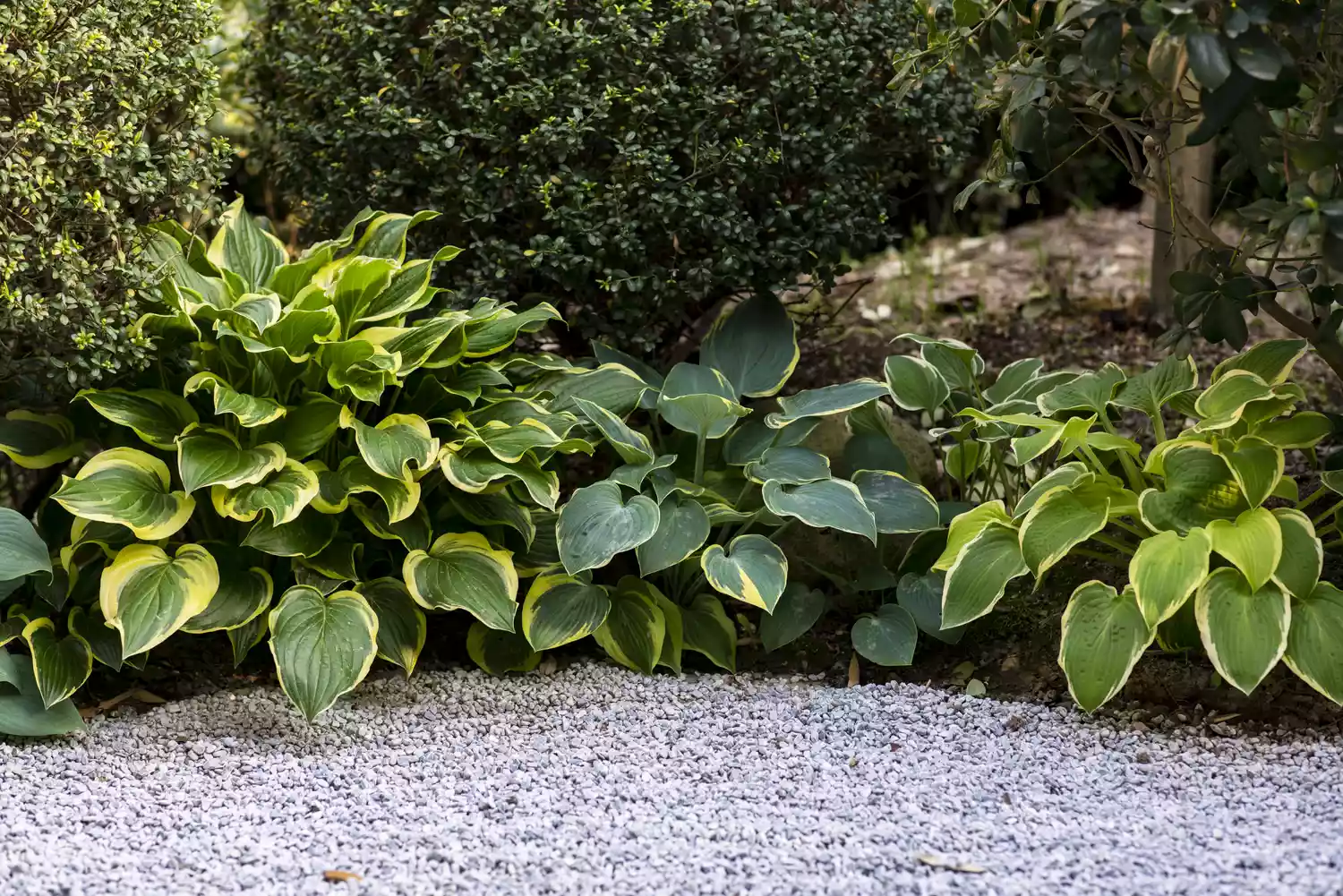
Getty Images / owngarden
When shopping for perennials and shrubs to use as border plants, make sure you choose those that are suited to survive winters in your USDA Hardiness Zone (find yours here). Also, pay attention to the area’s sun exposure. Plants that prefer full sun need at least 6 or more hours of direct sunlight, while part sun is about half that. You’ll also want to keep new plantings watered until they get established; even plants that are drought-tolerant need a good start in life to put down a healthy root system.
Ahead, our top picks for border plants to add beauty and style to any garden:
Catmint

Getty Images / ikuyan
- Botanical Name: Nepeta faassenii
- Sun Exposure: Full sun
- USDA Hardiness Zones: 4 to 9
Available in a variety of heights from 10 to 30 inches tall, this hardy perennial has grey-green, minty-scented foliage and spikes of purple, pink, or white flowers that bloom for weeks on end. Catmint is a tough plant that tolerates many different conditions. Pollinators love it! The Whispurr series has extra-large, showy flowers that look stunning when planted in mass plantings. It’s also deer-resistant.
Heuchera
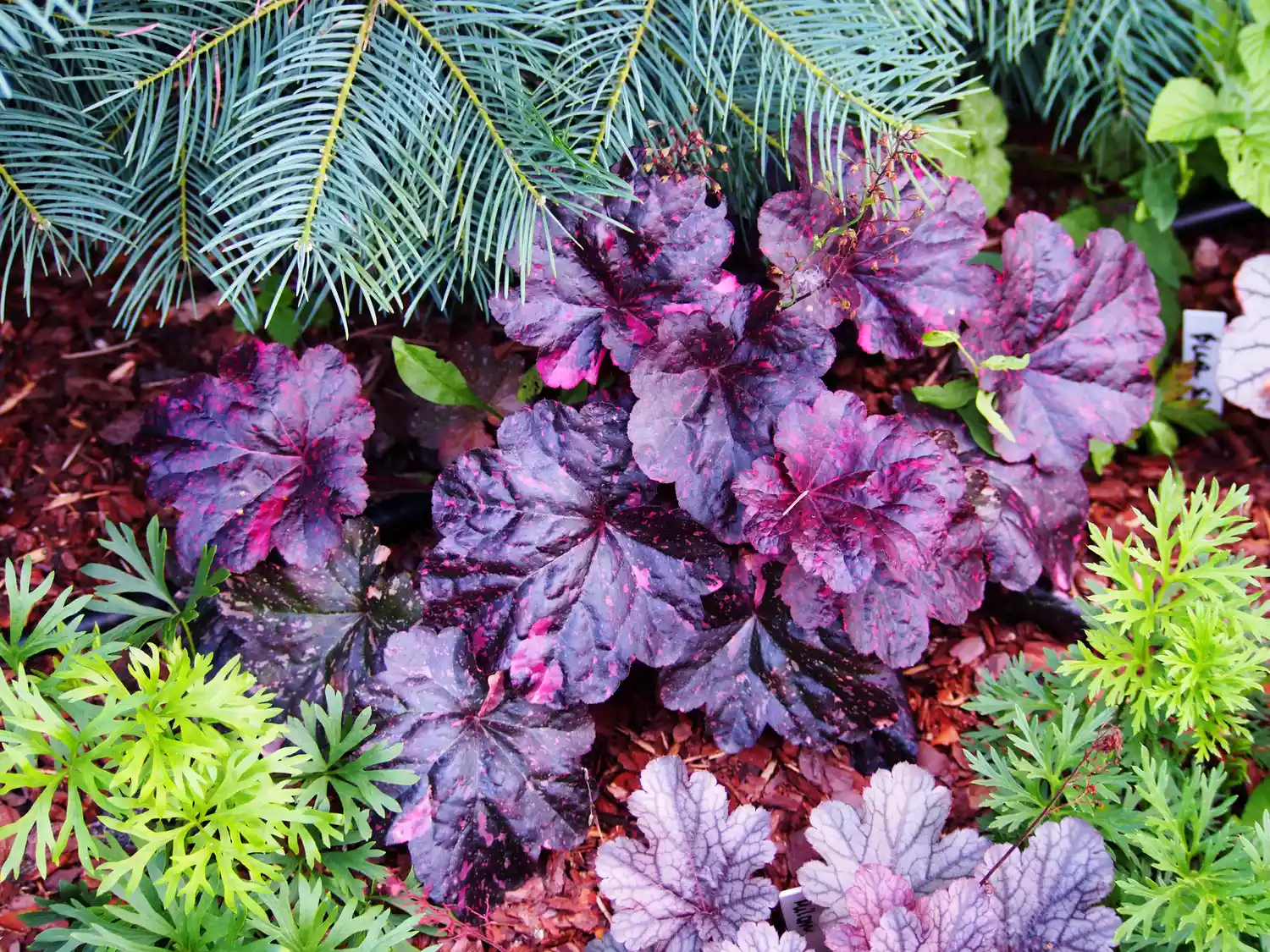
Getty Images / Gratysanna
- Botanical Name: Heuchera
- Sun Exposure: Part sun, shade
- USDA Hardiness Zones: 4 to 9
Also known as coral bells, this is one of the most versatile perennials you can plant. Available in a striking array of colors from lime green to watermelon red to deepest burgundy, this plant is grown mostly for its flashy mounded foliage, though it does have tiny spikes of flowers that attract pollinators in early to midsummer. Give it afternoon shade in the hottest parts of the South.
Dwarf Mondo Grass
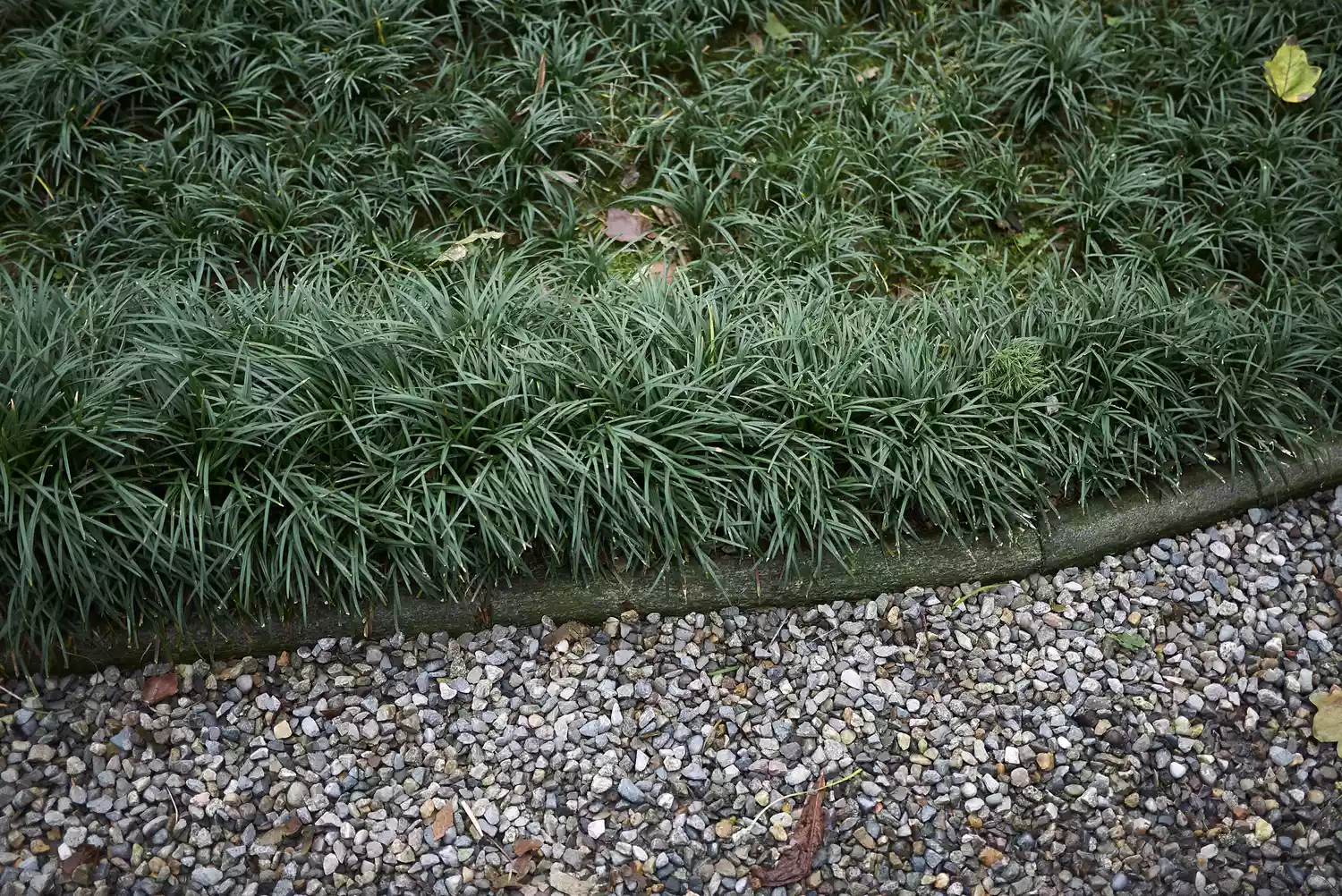
Getty Images / seven75
- Botanical Name: Ophiopogon japonicus ‘Nana’
- Sun Exposure: Full sun, shade
- USDA Hardiness Zones: 6 to 10
Dwarf mondo grass is an evergreen groundcover that grows in 4 to 6-inch-tall tufts, which adds a nice textural edge along walks and driveways. Some varieties of this perennial reach up to two feet tall, so read what you’re buying. It’s often confused with liriope, which is considered invasive in some regions and is no longer recommended for landscape plantings in many parts of the South.
Impatiens
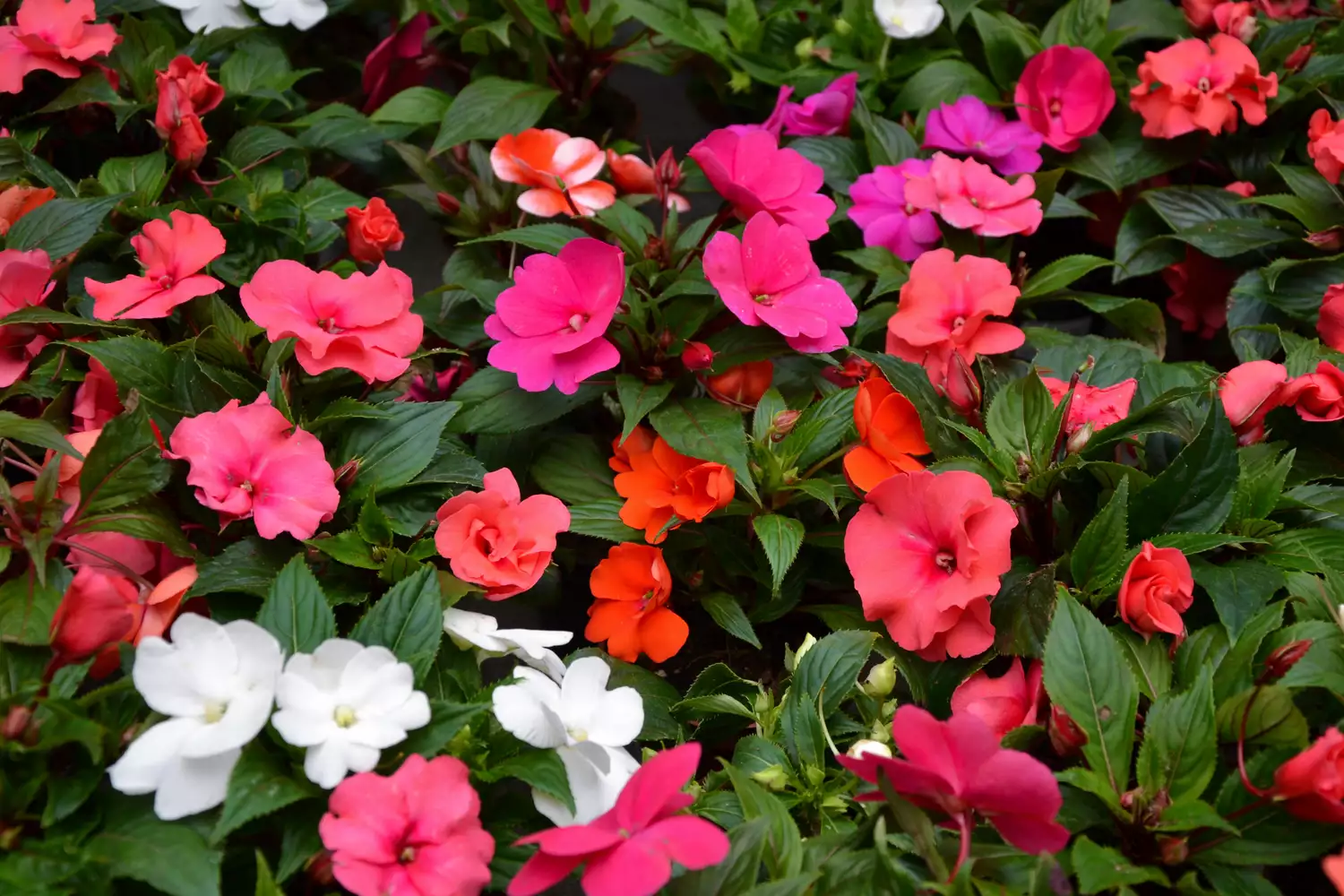
Getty Images / ADELART
- Botanical Name: Impatiens walleriana, I. hawkeri, I. x hybrida
- Sun Exposure: Full sun to full shade, depending on the variety
- USDA Hardiness Zones: 10 to 11, though grown as annuals elsewhere
Impatiens are one of the easiest annuals to grow. With vibrant colors and good heat tolerance, these pretty plants are a favorite for containers, but they also look great when used as border plants. While most old-fashioned types need full shade, some types such as New Guinea impatiens or hybrids such as Sunpatiens, will take some sun, though they benefit from afternoon shade. Also, Beacon impatiens also are more disease-resistant if you’ve battled downy mildew in the past. All impatiens need regular watering, especially during dry spells.
Hosta

Getty Images / owngarden
- Botanical Name: Hosta
- Sun Exposure: Part to full shade
- USDA Hardiness Zones: 3 to 9
No list of plants is complete without hosta, the darling of gardens across the South. Hosta is one of the easiest perennials to grow and comes in an array of sizes from teeny-tiny to humongous with solid color or variegated leaves. It tolerates some morning sun, but give it full shade in the hottest parts of the South. Unfortunately, it’s like candy to deer, so avoid planting this if Bambi is a frequent garden visitor.
Perennial Geranium
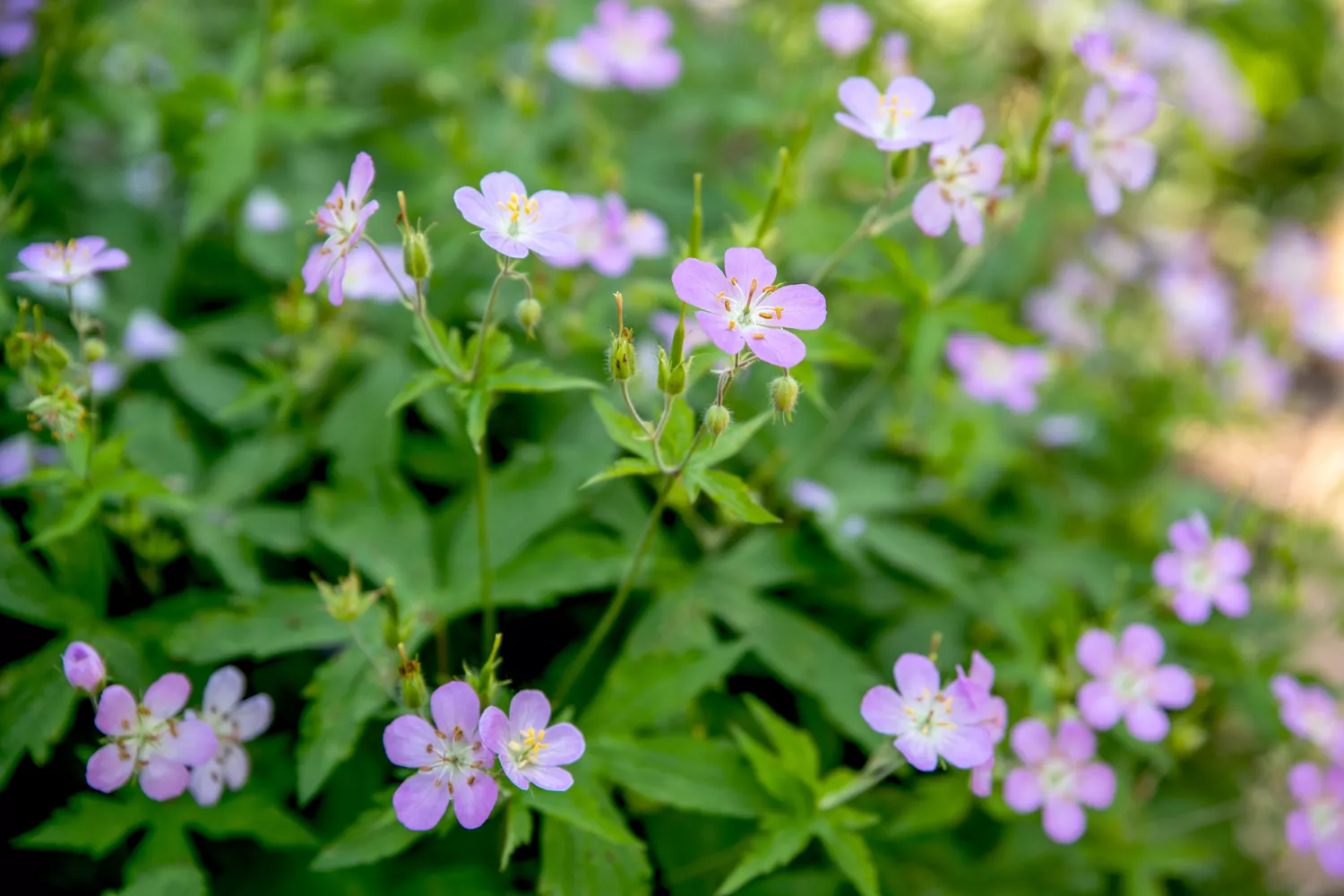
- Botanical Name: Geranium
- Sun Exposure: Full sun to part shade
- USDA Hardiness Zones: 3 to 9
Unlike the annual geranium (in the genus Pelargonium) which you’ve probably grown for years, this type is perennial. With profuse dainty flowers floating above mounds of foliage, this is an under-utilized ground cover that works well as a border plant. It does best in the Upper South. Also called cranesbill because of the shape of their beak-like fruit produced after flowering, perennial geranium has an appealing minty-spicy scent that deer don’t like.
Lamb’s Ear
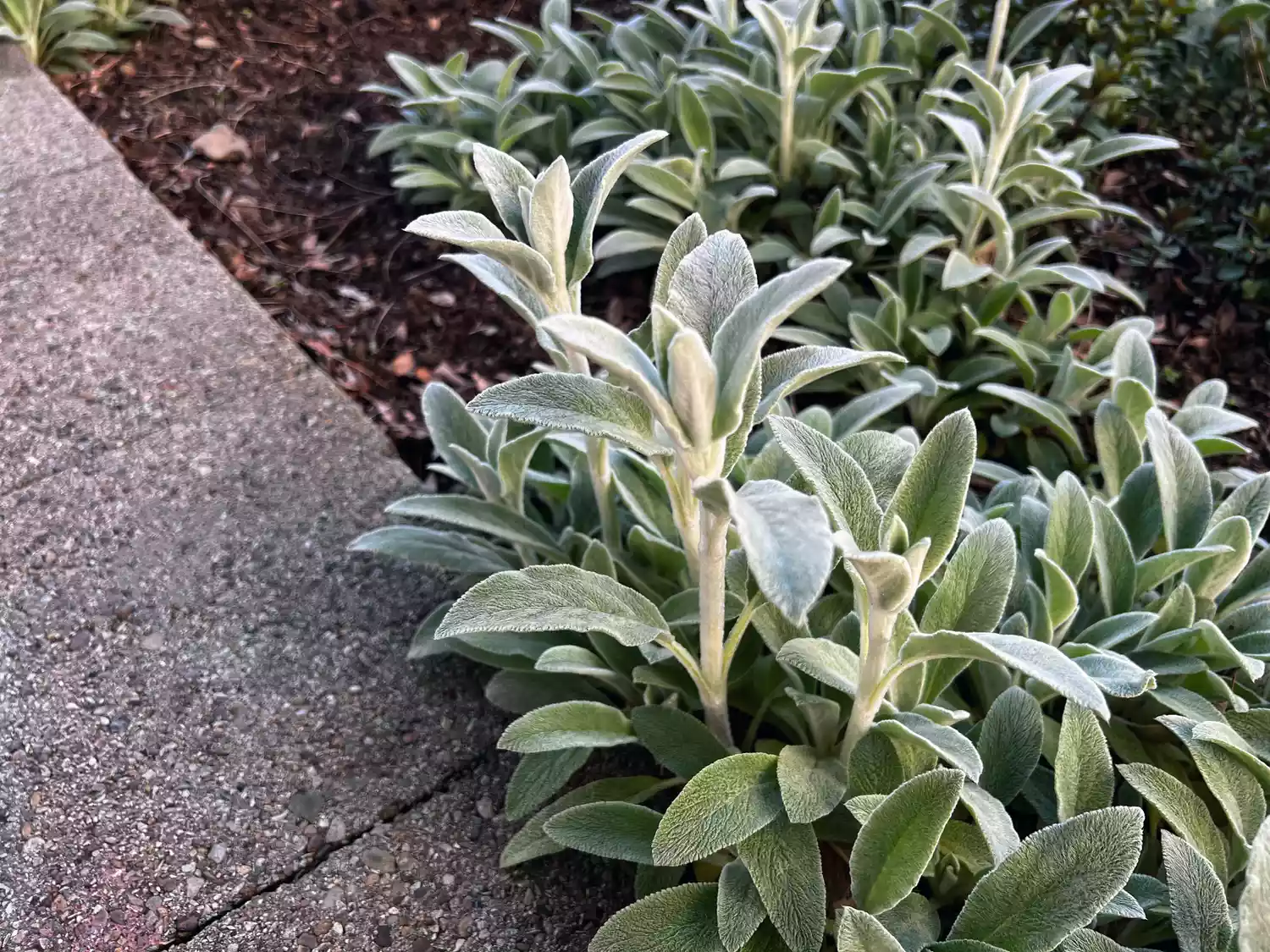
Getty Images / bgwalker
- Botanical Name: Stachys byzantina
- Sun Exposure: Full sun to part shade
- USDA Hardiness Zones: 4 to 9
This perennial gets its common name from its fuzzy, silver leaves, which beg to be touched. It’s a tough plant that will spread rapidly in most types of soil to form a dense mat, though it doesn’t like to stay soggy. It has spikes of pink or purple pollinator-friendly flowers in late spring. Lamb’s ear is a super-tough plant that’s also deer and rabbit resistant.
Daylily
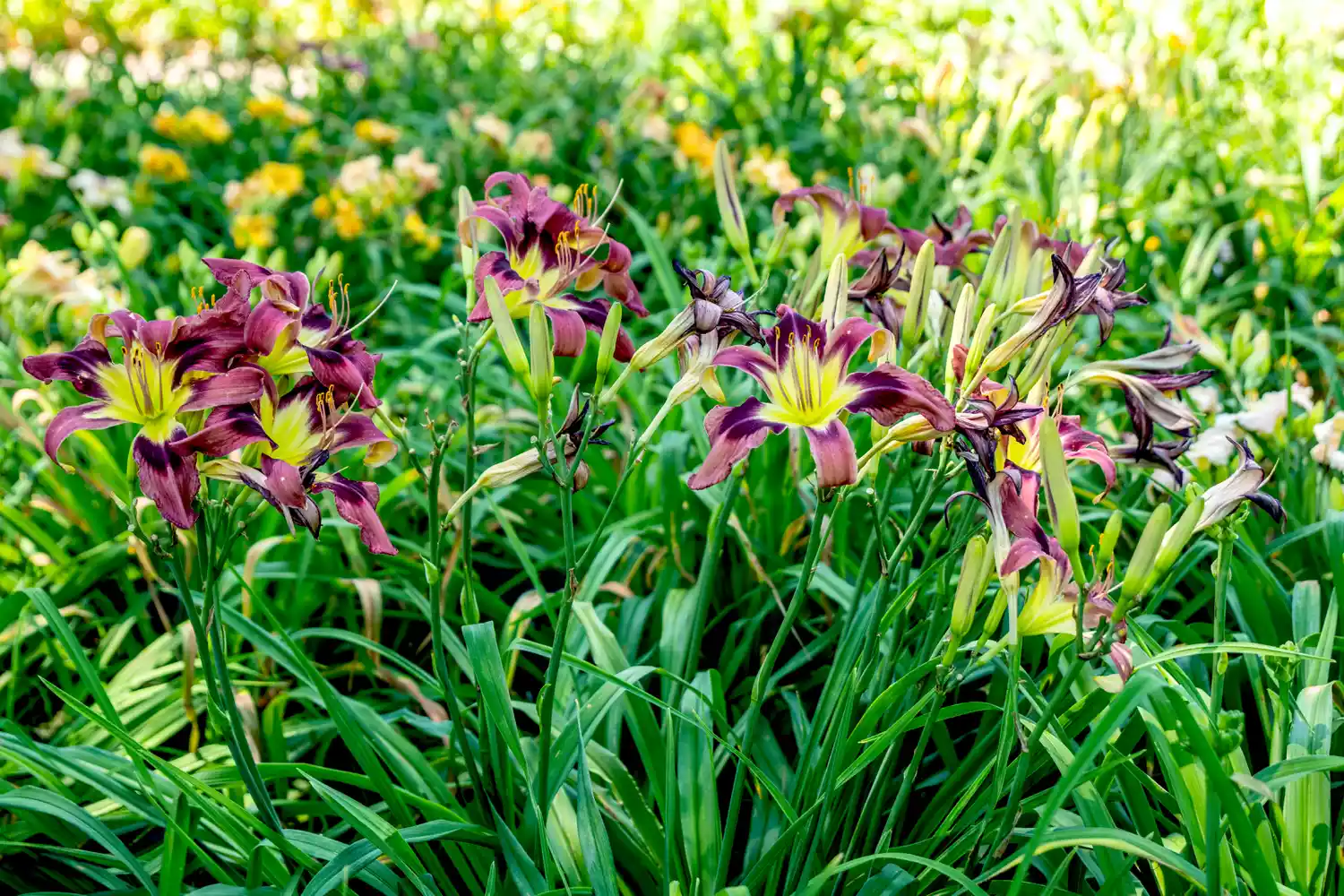
- Botanical Name: Hemerocallis
- Sun Exposure: Full sun
- USDA Hardiness Zones: 4 to 9
If you’re looking for low-maintenance color, daylilies offer tons of flower power in early to mid-summer. Although every flower only lasts a day, the stems are covered with buds. Varieties range in height from 2 to 4 feet tall. Avoid planting these if you have deer visiting your garden.
Creeping Juniper

Getty Images / Mikhail Azarov
- Botanical Name: Juniperus horizontalis
- Sun Exposure: Full sun
- USDA Hardiness Zones: 3 to 9
This low-growing evergreen will thrive on neglect while adding year-round greenery to your beds. It tolerates a variety of soil types, though it doesn’t like soggy soil. It’s drought-tolerant once established. Creeping juniper doesn’t require pruning, though you can trim it if it spills over walkways.
Portulaca
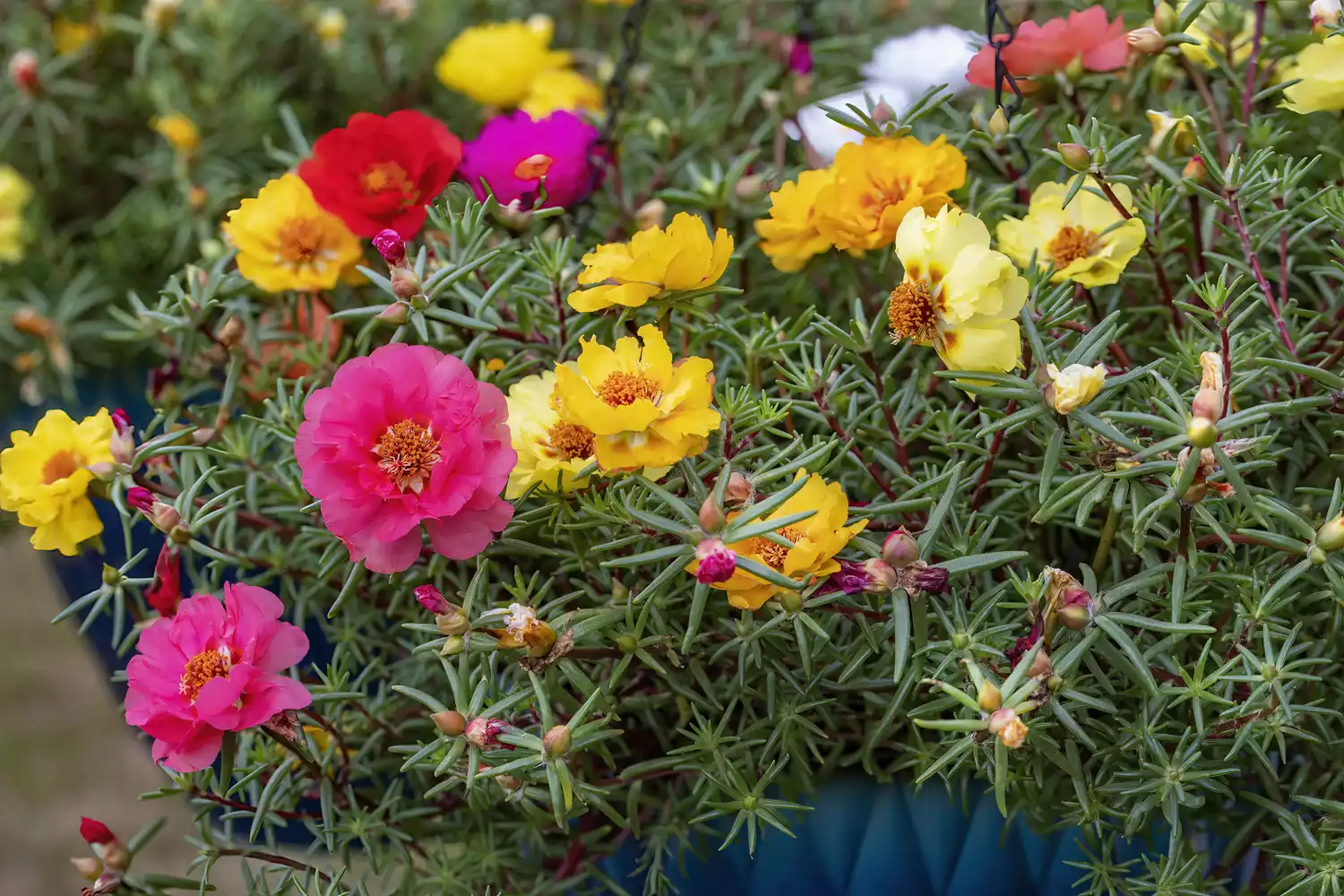
Getty Images / Ali Majdfar
- Botanical Name: Portulaca spp.
- Sun Exposure: Full sun
- USDA Hardiness Zones: 10 to 11, though grown as annuals elsewhere
Also called moss rose, this easy-care annual comes in gorgeous colors from sunny yellow to hot pink to tangerine. Its tolerates poor soils, heat and humidity, and its low-growing habit makes it a natural for the front of borders. The fleshy leaves retain water, so it’s drought tolerant once established. You don’t need to deadhead these flowers for continuous blooms. The Mojave series has vibrant, saturated colors that shine on hot days.
Thrift

Getty Images / Kristyna Sindelkova
- Botanical Name: Armeria spp.
- Sun Exposure: Full
- USDA Hardiness Zones: 3 to 9
Thrift is a clumping perennial that has tiny, pink pom pom flowers in late spring. It’s irresistible when in bloom! The grassy foliage remains throughout the season as a handsome edging plant. It does well in harsh, rocky soils and coastal gardens. The Dreameria series blooms all season long.
Abelia
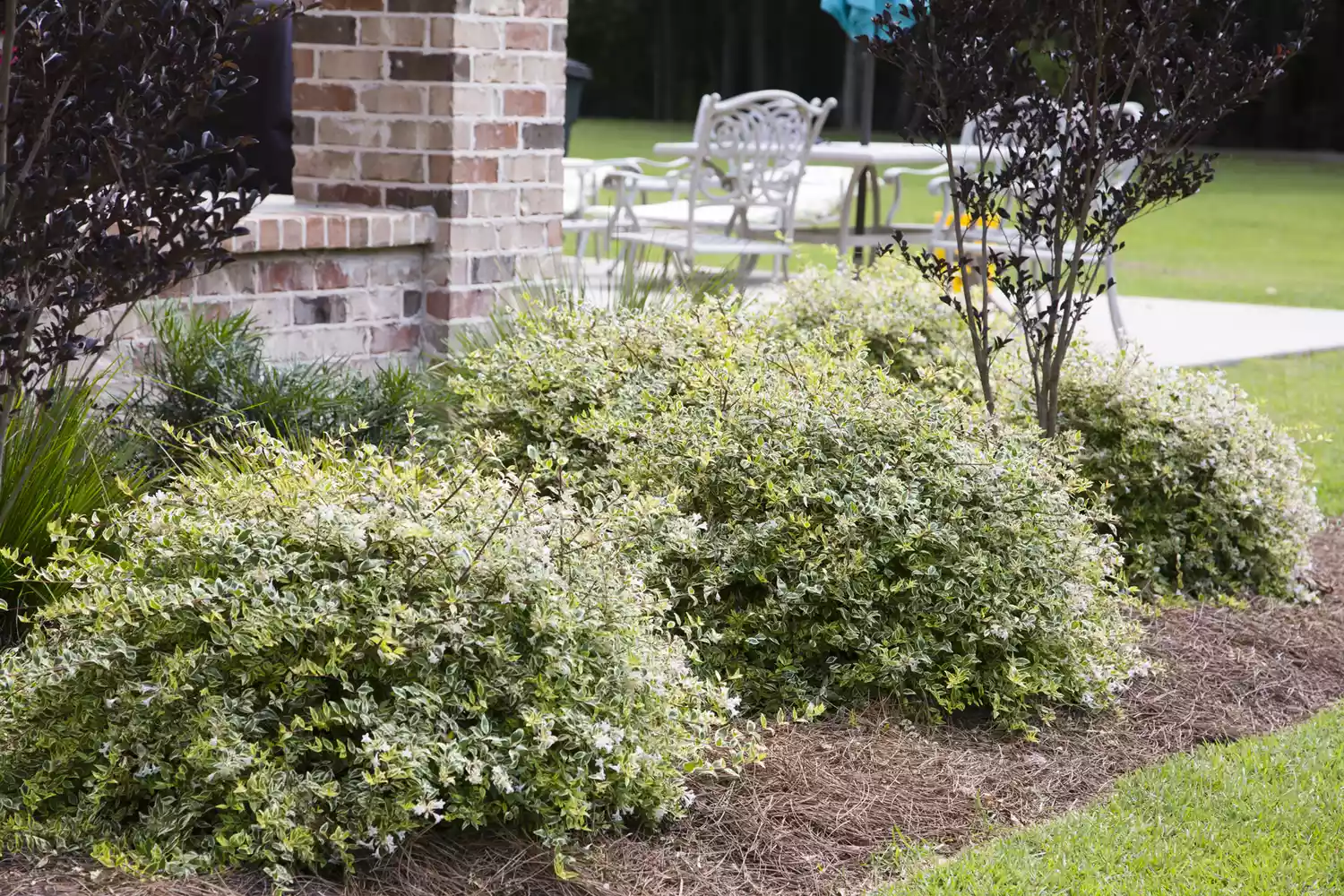
- Botanical Name: Abelia
- Sun Exposure: Full sun to part shade
- USDA Hardiness Zones: 4 to 11
Abelia is a favorite in Southern gardens for its graceful, arching branches and delicate blooms. Look for compact varieties such as ‘Radiance’ and ‘Miss Lemon’ if you plan to plant them as part of a border near your foundation so they don’t overwhelm the space.





